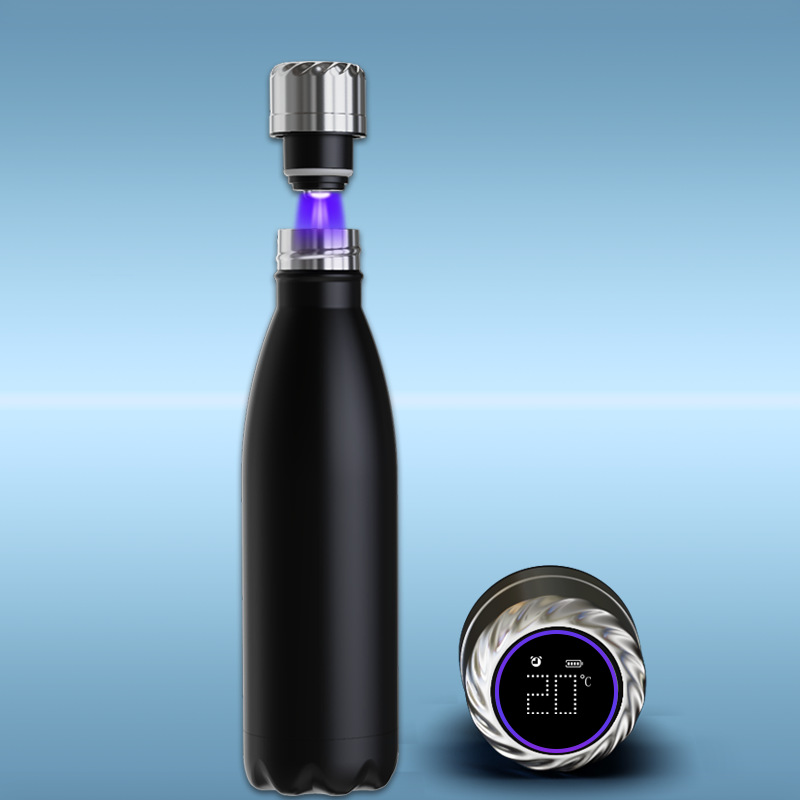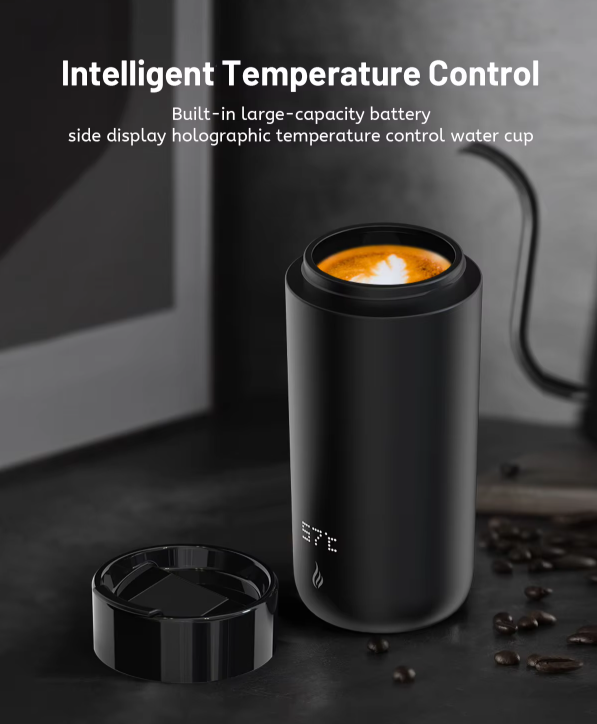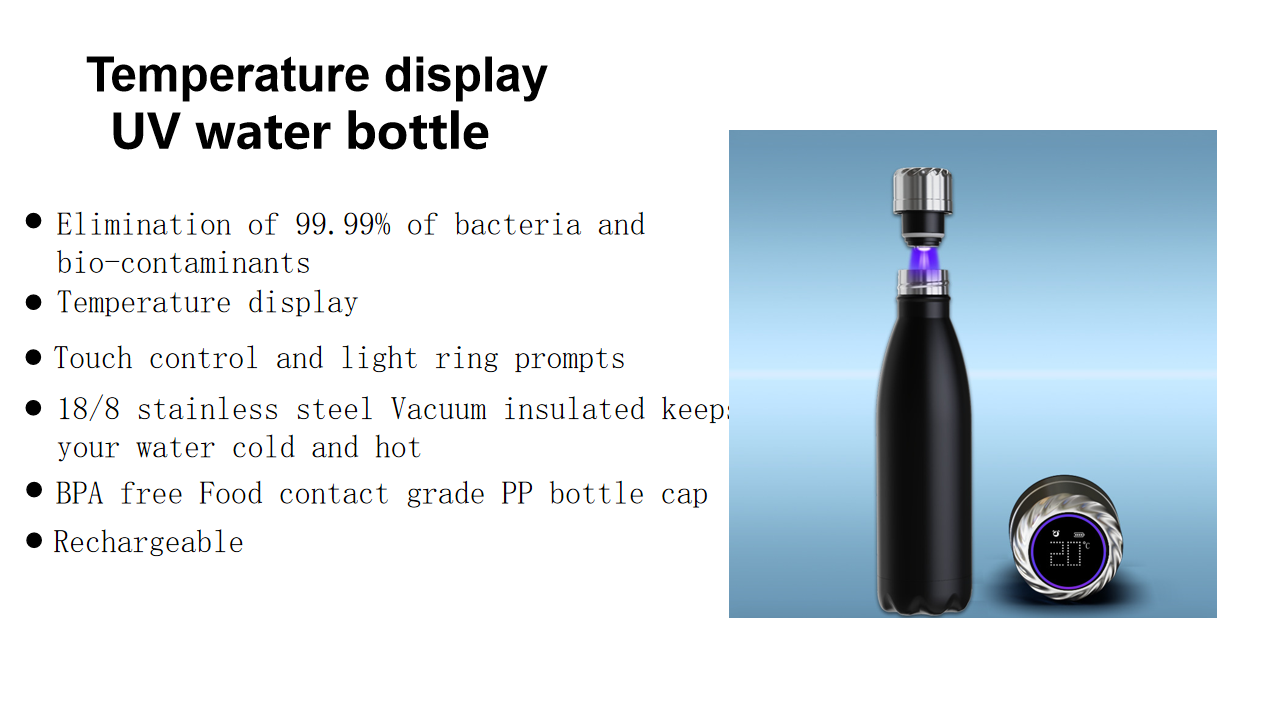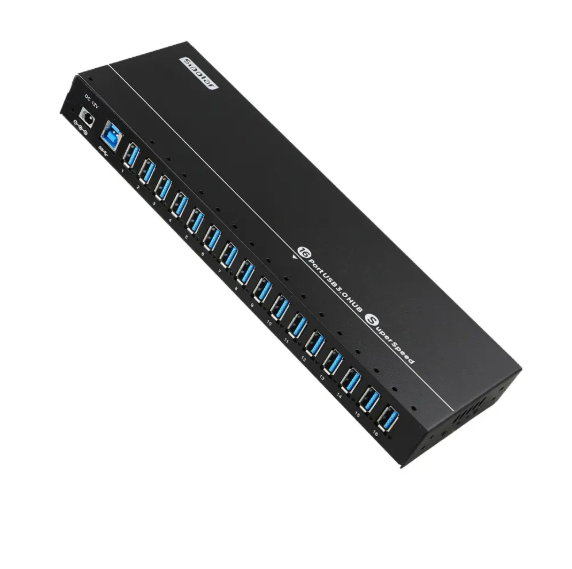Global Consumer Electronics Trends in 2025: The Rise of Smart Small Appliances
Global Consumer Electronics Trends in 2025: The Rise of Smart Small Appliances
The global consumer electronics market, particularly small household appliances, is undergoing transformative shifts driven by technological innovation, sustainability imperatives, and evolving consumer lifestyles. As we enter 2025, the sector is poised to reach unprecedented growth, with global sales projected to hit $1.29 trillion, fueled by advancements in AI, energy management, and smart home integration. Below is an analysis of the key trends shaping this dynamic industry.

1. AI and Edge Computing: Redefining User Experience
Artificial Intelligence (AI) is no longer a buzzword but a core driver of innovation. In 2025, edge AI—processing data locally on devices rather than in the cloud—will dominate small appliances, enhancing responsiveness and privacy. For instance, smart kitchen gadgets like AI-powered rice cookers (e.g., Xiaomi’s 8-in-1 model) leverage machine learning to customize cooking settings via app controls. Similarly, AI-enabled air fryers and coffee makers now analyze usage patterns to optimize performance, reducing energy waste while delivering personalized results.
Edge AI also powers real-time language translation in wireless earbuds and facial recognition in smart mirrors, making devices more intuitive. TechInsights predicts that generative AI will further boost IoT sales by enabling conversational virtual assistants in smart speakers and displays, with Amazon and Apple leading this frontier.
2. Energy Efficiency and Smart Home Integration
Rising energy costs and environmental concerns are accelerating demand for energy-efficient appliances. Smart thermostats, plugs, and lighting systems—expected to grow by 12% in shipments by 2025—enable users to monitor and optimize household energy consumption. For example, LG’s smart refrigerators now integrate with home energy management systems, adjusting cooling cycles during off-peak hours to reduce costs.
The Matter standard, a universal connectivity protocol, is another game-changer. By resolving device fragmentation, Matter-certified appliances (e.g., smart ovens, dishwashers) ensure seamless interoperability across brands, driving smart home adoption. Grand View Research notes that the smart kitchen appliances market, valued at $29.1 billion in 2024, will grow at a 5.9% CAGR through 2030, driven by Wi-Fi-enabled devices and app-controlled ecosystems.

3. Multi-Functionality and Compact Design
Urbanization and smaller living spaces are spurring demand for compact, multi-functional appliances. Blender-food processor hybrids and 8-in-1 rice cookers exemplify this trend, combining multiple tasks into single devices to save space. Cordless designs are also gaining traction; KitchenAid’s Go Cordless System, featuring battery-powered mixers and blenders, eliminates clutter and enhances mobility.
Health-focused appliances are another priority. Air fryers and steamers that reduce oil usage will see sustained demand, aligning with the global wellness movement. Additionally, augmented reality (AR) cooking guides—embedded in smart ovens like Bosch’s AI-powered models—provide step-by-step tutorials, democratizing gourmet cooking.
4. Sustainability and Circular Economy Practices
Environmental regulations and consumer preferences are pushing brands toward eco-friendly designs. Energy Star-certified appliances and recyclable materials are now industry benchmarks. For instance, DelishUp’s smart cooking devices use stainless steel and biodegradable packaging, reducing carbon footprints. Similarly, solar-powered outdoor kitchen gadgets are emerging in response to off-grid living trends.
The circular economy is also gaining momentum. Companies like Philips offer appliance repair and refurbishment programs, extending product lifecycles and minimizing e-waste.

5. Connectivity and Personalization
5G and advanced IoT connectivity are enabling hyper-personalized experiences. Smart coffee makers that sync with wearable devices to brew caffeine based on sleep patterns, or voice-controlled microwaves (e.g., Amazon Alexa-enabled models), exemplify this shift. The global smart home appliances market, projected to reach $81 billion by 2033, underscores the demand for interconnected ecosystems.
Moreover, subscription-based services for appliances—such as Tovala’s smart oven with pre-portioned meal kits—blend hardware sales with recurring revenue models, creating sticky customer relationships.
The 2025 consumer electronics landscape is defined by intelligence, sustainability, and adaptability. As AI, energy management, and smart home integration become mainstream, small appliances will evolve from utilitarian tools to indispensable lifestyle enablers. Brands that prioritize innovation, eco-consciousness, and user-centric design will lead this $1.29 trillion market, reshaping how we live, cook, and interact with technology.
 Behind the Scenes: How our brand USB Hub Ensures Quality in Every USB Hub
Behind the Scenes: How our brand USB Hub Ensures Quality in Every USB Hub
 OEM/ODM USB Hubs: How We Customize Solutions for Global Brands (and Survived a Berlin Fire Drill)
OEM/ODM USB Hubs: How We Customize Solutions for Global Brands (and Survived a Berlin Fire Drill)
 The Future of USB Hubs: Trends in Type-C, Fast Charging, and Smart Power Management
The Future of USB Hubs: Trends in Type-C, Fast Charging, and Smart Power Management
 How Our Multi-Port USB Hubs Solve Connectivity Issues for Offices & Cafés
How Our Multi-Port USB Hubs Solve Connectivity Issues for Offices & Cafés

